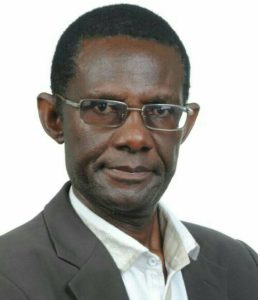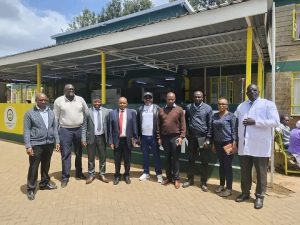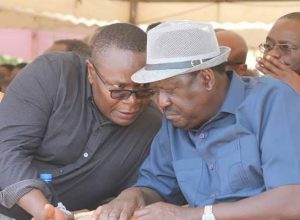COMESA Leather Value Chain Strategy Workshop Begins: A Bold Step Towards Regional Transformation
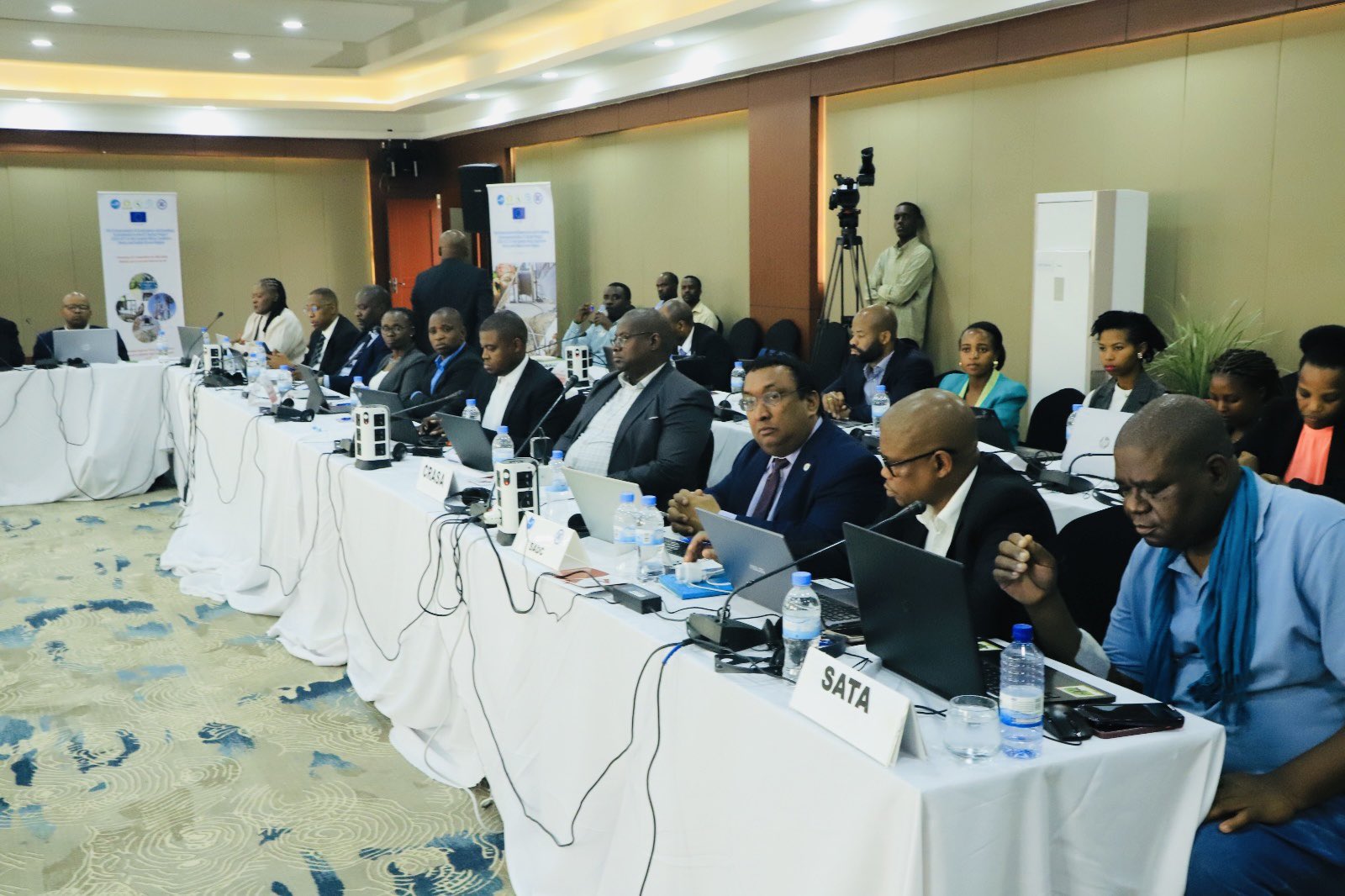
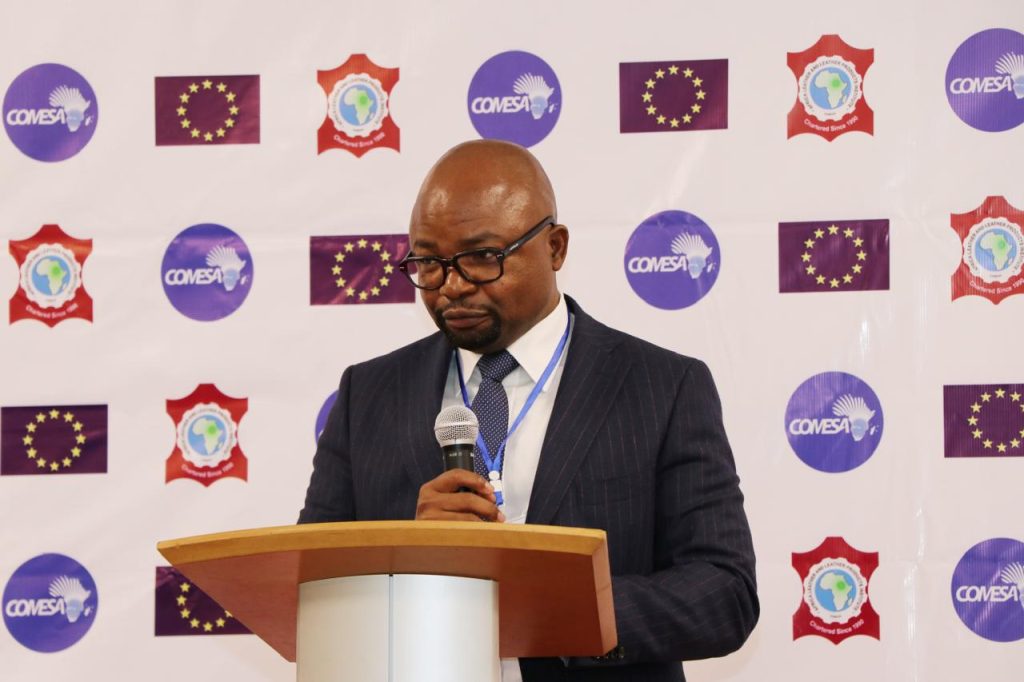
The highly anticipated COMESA Regional Leather Value Chain Strategy Validation Workshop kicked off today in Nairobi, marking a significant moment for the leather industry in the region.
Organized by the Africa Leather and Leather Products Institute (ALLPI), the workshop has brought together participants from across the Common Market for Eastern and Southern Africa (COMESA) region, including government officials, industry leaders, and key stakeholders, all eager to contribute to the future of Africa’s leather industry.
The atmosphere on the first day was charged with anticipation and purpose as delegates gathered to review and validate the COMESA Regional Leather Value Chain Strategy for 2025-2029. This strategy, developed through extensive consultations with industry stakeholders, aims to reshape the leather industry across the COMESA region by addressing key challenges and unlocking new opportunities for growth.
In his opening remarks, Nicholas Mudungwe, Executive Director of the Africa Leather and Leather Products Institute (ALLPI), acknowledged the invaluable support of the European Union, whose funding under the Regional Enterprise Competitiveness and Access to Markets Programme (RECAMP) made the development of this strategy possible. He also expressed deep gratitude to H.E. Chileshe Kapwepwe, Secretary General of COMESA, for her pivotal role in allocating the necessary resources to ALLPI, which has been crucial in supporting this transformative intervention.
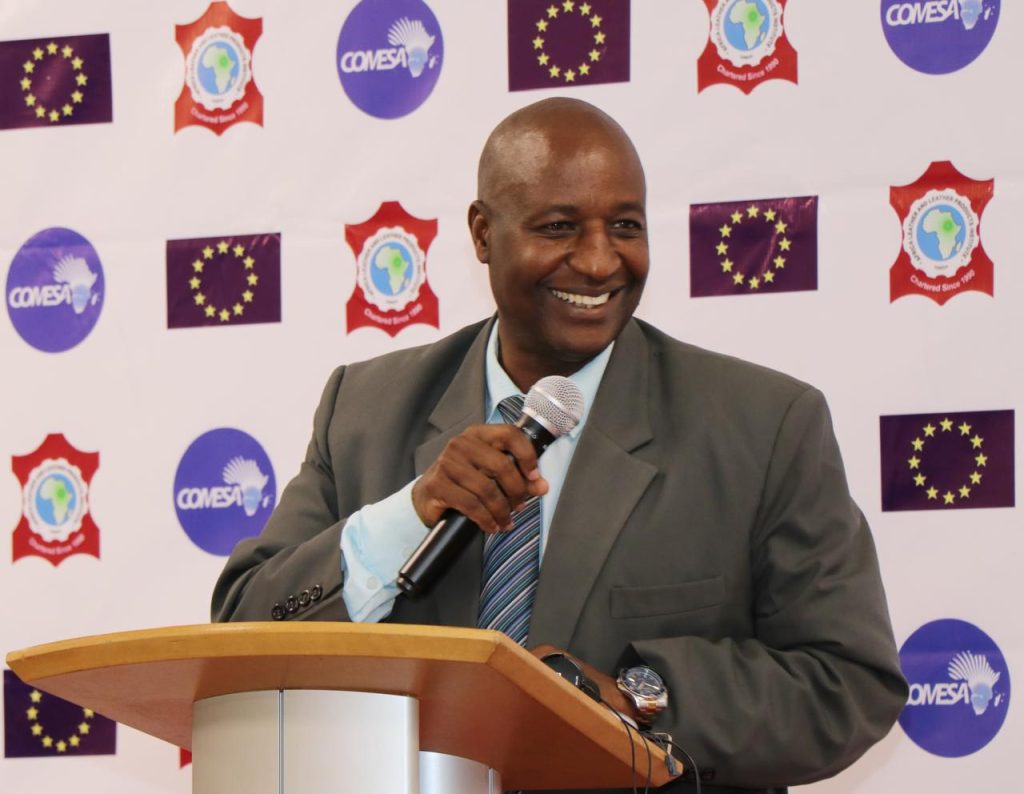
“This is not just another meeting; this is where we lay the foundation for a more competitive, sustainable, and integrated leather sector in the COMESA region. The work we do here over the next two days will have lasting impacts on our economies, our communities, and our position in the global market,” Mudungwe said.
He further emphasized the critical role that strategic planning plays in achieving these goals, noting that a well-formulated strategy serves as the blueprint for success, guiding every stakeholder towards a shared vision of progress and sustain
The first day’s sessions focused on laying out the strategic objectives of the plan, which include improving access to finance, enhancing policy frameworks, promoting sustainable production practices, and boosting intra-regional and global trade. Participants were keenly engaged in discussions, bringing forward their experiences, challenges, and insights, which are crucial for refining the strategy to ensure it addresses the real needs of the industry.
One of the highlights of the day was a detailed presentation on the current state of the leather value chain in the region. The presentation underscored the significant potential of the leather sector to drive economic growth and job creation, but it also highlighted the gaps that need to be addressed. These include the low levels of value addition, limited access to affordable finance, and the need for stronger policy and regulatory frameworks across member states.
The discussions also touched on the importance of sustainability in the leather industry. With global markets increasingly demanding eco-friendly products, the strategy places a strong emphasis on adopting green technologies and sustainable practices. Participants agreed that aligning the region’s leather production with these global trends is essential for accessing and thriving in international markets.
Mr. Nobby Macharia, Industrialisation Secretary of the State Department for Industry, who is also a Director at ALLPI, delivered remarks on behalf of the Principal Secretary of the State Department for Industrialisation, Dr. Juma Mukhwana. Macharia emphasized the significance of the strategic plan in driving industrial growth in the region, stating,
“This workshop is a critical step towards realizing the immense potential of the leather sector in the COMESA region. The strategic plan we validate here will serve as a roadmap for transforming our industry, enhancing its global competitiveness, and creating sustainable jobs for our people.”
He also took the opportunity to express gratitude to the European Union for their unwavering support in the development of this strategy, acknowledging the crucial role that their funding has played in making this workshop and the strategy possible.
The event has drawn representation from different countries across the COMESA region, reflecting the broad commitment to the leather industry’s development and the shared goal of regional transformation
As the day drew to a close, there was a demonstrable sense of unity and determination among the participants. The consensus was clear: the COMESA region has the resources, the talent, and the potential to become a global leader in the leather industry. However, achieving this will require concerted efforts, collaboration across borders, and a commitment to the strategic objectives outlined in the plan.
The first day of the workshop set a strong and positive tone for the event, with participants ready to dive deeper into the discussions and work collaboratively to finalize a strategy that will drive the region’s leather industry forward. Tomorrow’s sessions are expected to build on this momentum, with more focused discussions on implementation strategies, monitoring and evaluation frameworks, and the roles of various stakeholders in ensuring the success of the plan.
As the workshop continues, all eyes are on Nairobi, where the future of the COMESA region’s leather industry is being shaped. The outcomes of this event will be critical in determining the direction of the sector for years to come, positioning COMESA as a key player in the global leather market.


